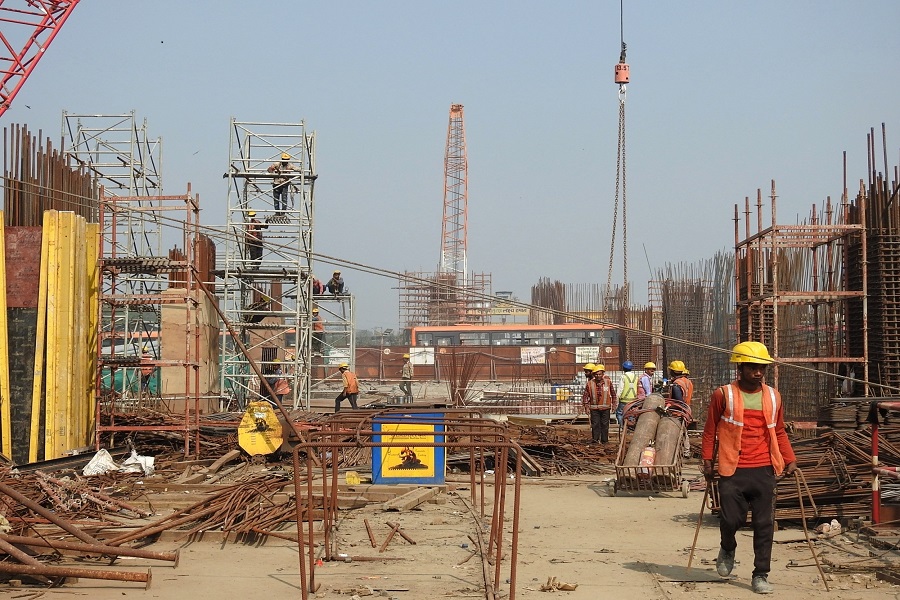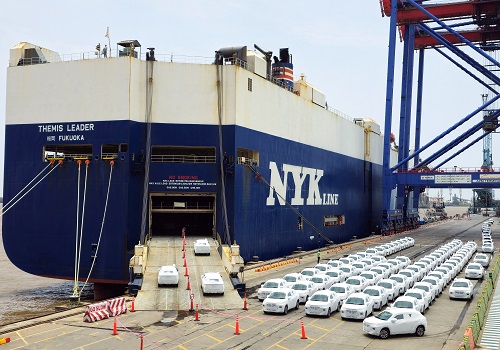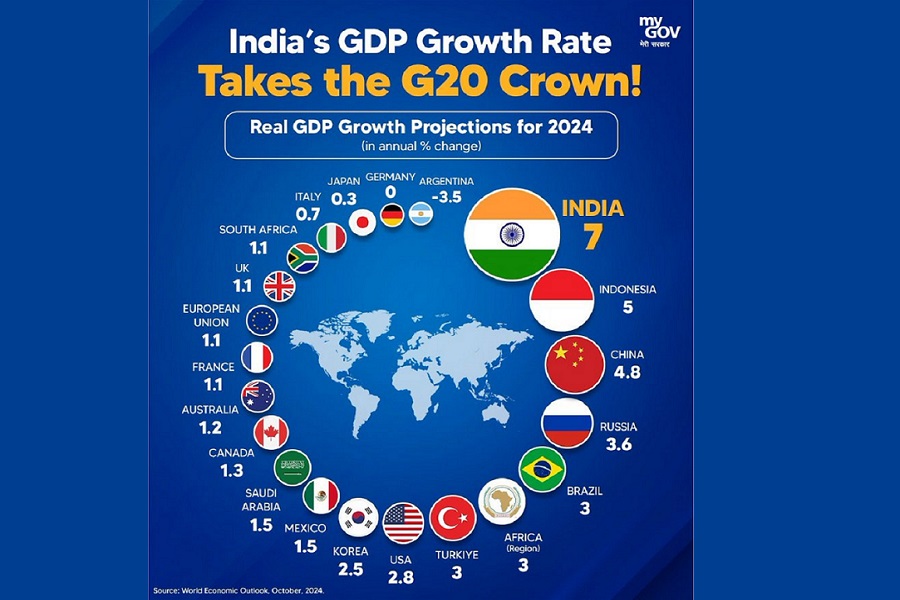India Strategy : Resilience Fuels Optimism for Appreciation - Yes Securities

Follow us Now on Telegram ! Get daily 10 - 12 important updates on Business, Finance and Investment. Join our Telegram Channel
The Indian Rupee (INR) has demonstrated remarkable resilience, hitting a perceived bottom of 83.5 against the US Dollar and now showing signs of a structural uptrend. Factors such as narrowing CAD, robust FX reserves, and favourable inflation disparities support this trajectory. While RBI intervention aims to maintain stability, the overall outlook suggests a potentially appreciating INR in the years ahead, with projections of USD/INR reaching 78 by FY2026.
Current Account Trends: Driving Forces Behind INR's Strength: A pivotal factor in bolstering the INR is the narrowing of the Current Account Deficit (CAD), expected to transition into a modest surplus within the next two years. This shift is propelled by governmental initiatives incentivizing outbound shipments, targeting a combined US$2 trillion value in merchandise and service exports by FY30.
Current Account Trends: Driving Forces Behind INR's Strength: A pivotal factor in bolstering the INR is the narrowing of the Current Account Deficit (CAD), expected to transition into a modest surplus within the next two years. This shift is propelled by governmental initiatives incentivizing outbound shipments, targeting a combined US$2 trillion value in merchandise and service exports by FY30.
Market Dynamics: Foreign Capital Inflows to unlock upside potential for INR: Indian Debt Markets are poised to attract substantial foreign capital inflows, projected at USD 100 billion over the next three years. Despite potential volatility risks, low Foreign Institutional Investor (FII) ownership of Indian Sovereign Debt mitigates concerns. Similarly, India's Equity Markets, although not yet experiencing peak FII inflows observed in the early 2000s, offer significant potential for increased portfolio investments.
FDI and Domestic Manufacturing: Catalysts for Economic Growth: India's focus on domestic manufacturing aims to draw more foreign direct investments, particularly with the global value chain moving towards Re-Shoring. This trend is expected to drive Foreign Direct Investments as a percentage of India’s GDP higher.
Inflation Dynamics and Monetary Policies: Influences on INR Stability: Historically, INR trends have been shaped by inflation disparities between India and the US. However, with narrowing differentials and Indian inflation rates falling below the global average, the scope for INR depreciation diminishes. Furthermore, a probable alignment among major central banks on the reversal of hawkish monetary policies is anticipated to maintain stability in sovereign yield spreads, curbing significant USD upside against major currencies.
RBI Interventions, Balancing INR Appreciation: Reserve Bank of India (RBI) interventions play a crucial role in shoring up FX reserves to counter INR appreciation. Nonetheless, lower forward premia contribute to reduced INR volatility, fostering stability in the currency market.
Please refer disclaimer at https://yesinvest.in/privacy_policy_disclaimers
SEBI Registration number is INZ000185632























